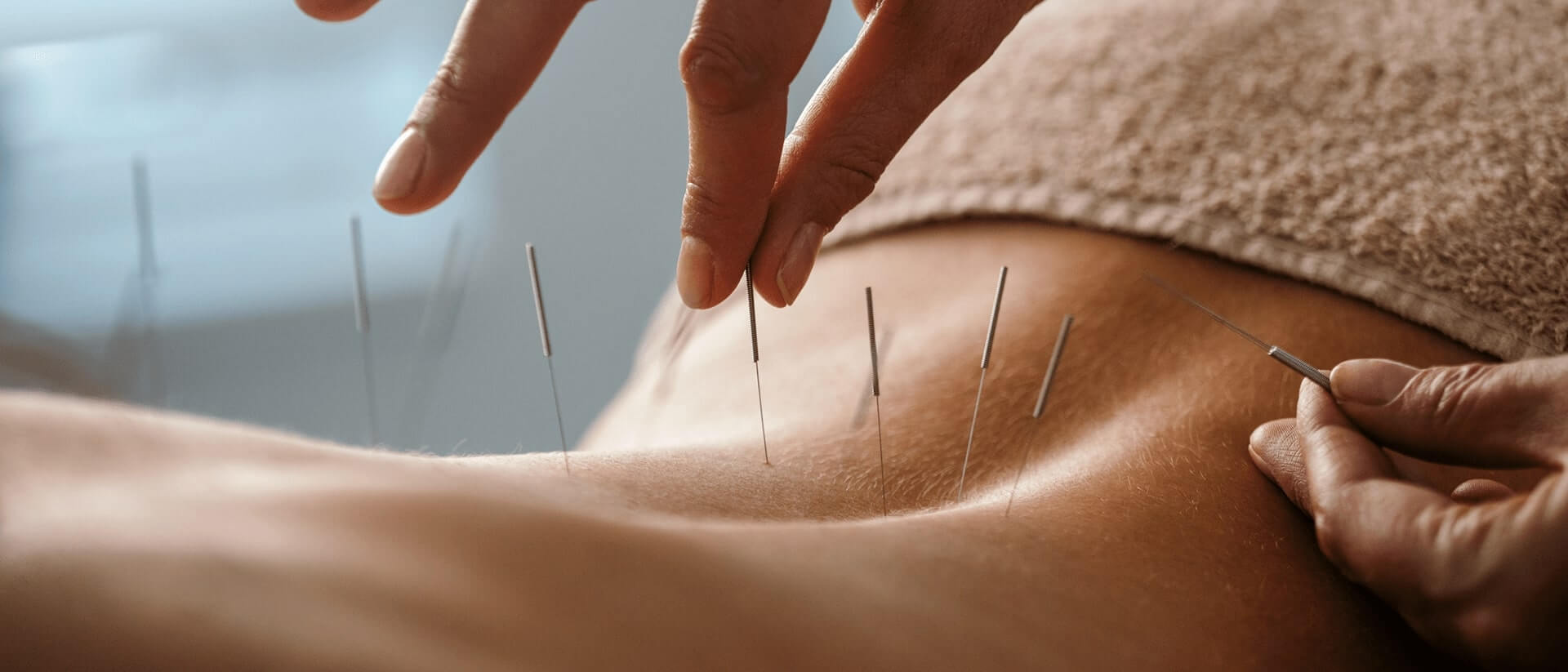Acupuncture involves inserting very fine needles through the skin at strategic points on the body. A key component of traditional Chinese medicine, acupuncture is widely used to relieve pain, promote general well-being and manage stress. Through Acupuncture, it is possible to regulate the functioning of the nervous system, the endocrine system, the immune system, and the exocrine glands.
This therapy is primarily used to diminish discomfort associated with a variety of illnesses and conditions, including postoperative or chemotherapy-inducing nausea, toothache, labor pains or fibromyalgia.
Fibromyalgia is a disorder that causes pain and sourness throughout the body, as well as fatigue and difficulty sleeping. Although there is no cure for fibromyalgia, Acupuncture can help control and treat the symptoms. Besides this therapy, treatment usually involves a combination of exercise and medication.
Acupuncture is also used to ease the symptoms of low back pain. Persistent, radiating pain in the lower back characterizes this condition, which affects about 80% of the population in the western world. The pain is usually located at the base of the spine and is accompanied by stiffness, muscle tension, and discomfort. In extreme cases, low back pain can compromise mobility.
Neck pain can also be relieved with Acupuncture. This disorder manifests itself through pain and stiffness in the back and side of the neck, and is the second most common cause of pain in adults. It is caused by movements that place gradual or sudden pressure on the neck.
In addition to fibromyalgia, low back pain and neck pain, Acupuncture is very useful in treating the symptoms of osteoarthritis, menstrual cramps, or respiratory disorders such as allergic rhinitis. However, Acupuncture is not suited to all pathologies or clinical cases and each treatment should be prescribed by a trained physician.
Each practitioner who performs Acupuncture has a unique style, often blending aspects of both Eastern and Western medicine. To determine the most appropriate type of acupuncture treatment, the practitioner will ask questions about each patient’s symptoms, behaviors, and lifestyle. Besides the initial interview, it is also important to examine the affected organs, the shape and color of the tongue, the color of the face, and the strength and rhythm of the pulse.
A common treatment plan usually involves one or two treatments per week over a period of several months. The number of treatments depends on the condition being treated and its severity. The risks of Acupuncture are reduced, as long as it is administered by a certified and competent professional using sterilized needles. Common side effects include pain and minor bleeding or bruising where the needles were inserted. Single-use disposable needles are the standard, to reduce the risk of infection.
Acupuncture

Book Appointment
See all the consultations within this specialty and make your appointment.
Clinics
- Schedule
- Weekdays: 08h00 to 20h00
- Saturdays: 08h00 to 13h00
- Sundays and Public Holidays: Closed
- Contacts214 124 300*
- AddressAv. General Norton de Matos, 71 R/C
If you share your location, we can show you the nearest Healthcare Unit and how far it is from you.